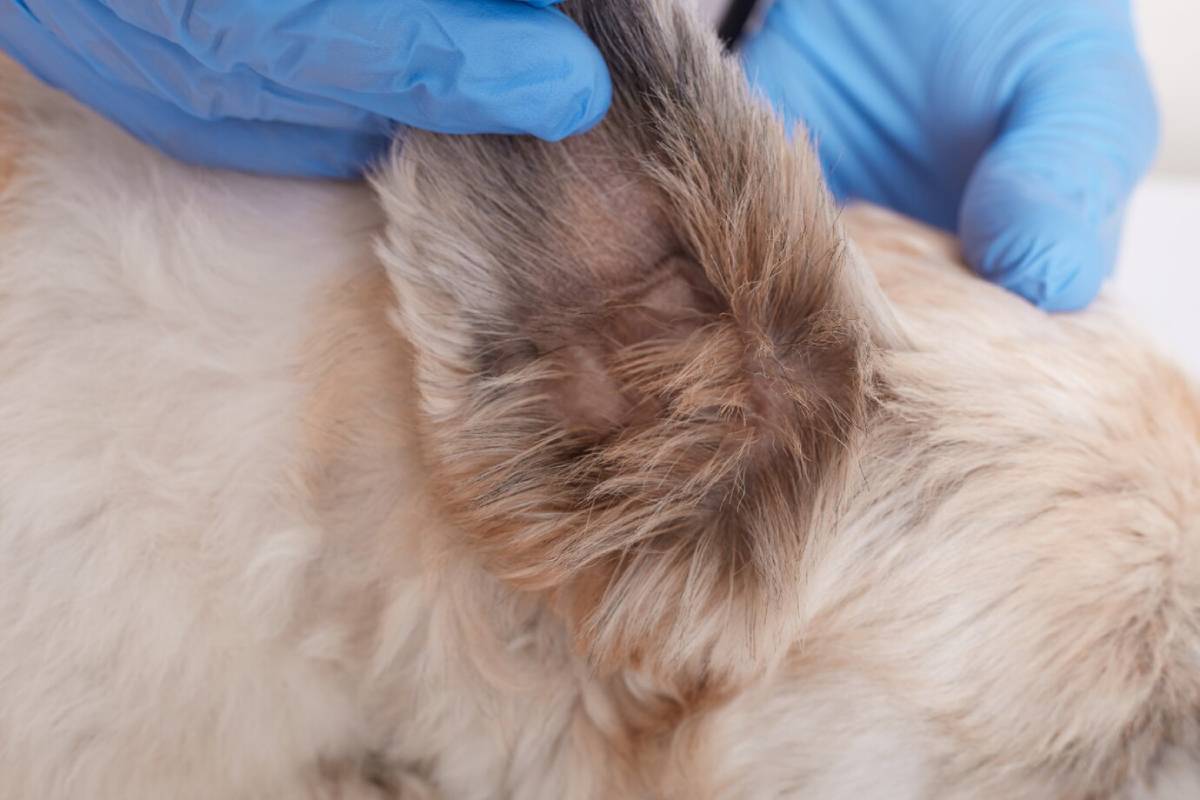
How to Identify and Remove Ticks from Your Dog or Cat
Ticks are more than just unpleasant—they can transmit serious diseases to your pets if not removed properly.
Our team has found that early detection and safe removal are essential steps in protecting your pet from tick-borne illnesses. Whether you’re dealing with an adventurous dog or an outdoor-loving cat, knowing how to spot ticks and remove them safely is a must-have skill for every pet owner.
Identifying pet ticks and removing them quickly reduces the risk of infection and discomfort. Combined with year-round pet tick prevention, this routine check can help keep your furry companion healthy and parasite-free.
This guide will walk you through how to find, remove, and prevent ticks from taking hold—safely and confidently.
Pro Tip: Check your pet for ticks after every walk in grassy, wooded, or rural areas—especially in spring and summer when ticks are most active.
Quick Guide: Tick Removal for Dogs and Cats
- Inspect your pet daily by feeling for small, hard bumps, especially around the head, ears, legs, and belly.
- Use a tick removal tool or fine-tipped tweezers to grasp the tick close to the skin.
- Pull slowly and steadily—don’t twist or crush. Disinfect the area afterwards.
Important:
Never try to burn, squeeze, or cover the tick with substances like petroleum jelly. These methods may cause the tick to regurgitate pathogens into your pet’s bloodstream.
Identifying Ticks on Your Pet
Ticks are small, spider-like parasites that latch onto your pet’s skin to feed on blood. They’re usually brown, grey, or black and vary in size—from a tiny speck (unfed) to the size of a pea (engorged).
You’re most likely to find ticks in these areas:

- Around the ears and neck
- Between the toes
- Under the collar or harness
- Around the eyes or mouth
- Along the groin, armpits, and tail base
To identify pet ticks:
- Run your fingers through your pet’s coat with light pressure.
- Feel for any raised, firm lumps.
- Part the fur to visually inspect the area—ticks are typically stuck head-first into the skin.
If the lump has legs, it’s likely a tick.
How to Safely Remove Ticks from Pets
You’ll need:
- A tick removal tool (recommended) or fine-tipped tweezers
- Gloves
- Antiseptic or pet-safe disinfectant
- A container (to save the tick for identification if needed)
- Treats and praise for your pet
Step-by-Step Removal:
- Put on gloves to avoid contact with tick fluids.
- Use your tool to grip the tick as close to the skin as possible.
- Pull upward slowly and steadily. Avoid twisting—the tick’s mouthparts may break off and remain in the skin.
- Place the tick in a sealed container (e.g., jar or plastic bag) for veterinary analysis if your pet becomes unwell.
- Clean the bite area and your hands using an antiseptic solution.
- Watch your pet for signs of infection, such as swelling, redness, or irritation.
While removing ticks, it’s also important to stay alert for related health risks—some symptoms can mirror those seen in toxic exposures, so make sure you’re familiar with the signs of poisoning in pets too.
Aftercare and Monitoring

Keep an eye on the bite site for several days. Mild irritation is normal, but consult your vet if you notice:
- Continued redness or swelling
- Discharge or pus
- Your pet scratching or licking the area excessively
- Signs of fever, fatigue, or lameness
These could indicate a reaction or tick-borne disease, such as Lyme disease or babesiosis.
Tick Prevention Tips for Dogs and Cats
Keep your pet protected year-round:
- Use vet-approved tick prevention treatments (spot-ons, tablets, collars, or sprays).
- Check your pet regularly—especially after walks in grassy or woodland areas.
- Keep your garden tidy by trimming tall grass, bushes, and hedges.
- Wash bedding regularly and vacuum carpets and upholstery often.
- If you live in a tick-prone area, avoid high-risk zones during peak season (spring to autumn).
Always consult your vet before starting a new tick prevention regimen.
Handy Tools for Tick Management
- Tick Twisters or Hooks: The easiest way to remove ticks without squeezing.
- Fine-Tipped Tweezers: Effective for careful extraction in small or hard-to-reach areas.
- Antiseptic Spray or Wipes: For cleaning the skin post-removal.
- Magnifying Glass: Helps confirm tick presence, especially in long-haired pets.
Warning:
If part of the tick remains in the skin, do not dig it out. This can cause more harm than good. Instead, monitor the site and consult your vet if inflammation develops.
Frequently Asked Questions About Pet Tick Removal
1.What Do I Do If the Tick’s Head Gets Stuck?
Clean the area and leave it alone. The body will often expel it naturally. If irritation occurs, ask your vet to assess it.
2.How Can I Tell If It’s a Tick or a Skin Tag?
Ticks are usually symmetrical, dark-coloured, and have visible legs. Skin tags are soft, flesh-toned, and don’t move. When in doubt, check with your vet.
3.Is It True That Ticks Carry Diseases?
Yes. Ticks can transmit diseases like Lyme disease and ehrlichiosis. That’s why early removal and prevention are crucial.
4.Can Indoor Cats Get Ticks?
While rare, indoor cats can pick up ticks if other pets bring them inside or through open windows. Regular checks are still advised—especially if they spend time in enclosed gardens or patios.
5.What Should I Do with the Removed Tick?
Place it in a sealed container with a damp tissue. If your pet becomes unwell, this sample can help your vet identify the tick species and choose the right treatment.
Final Word: Stay Vigilant, Stay Calm

Removing ticks from pets might feel unpleasant—but it’s a simple act that can prevent major health issues. With the right tools and a calm approach, you can quickly and safely remove ticks while keeping your pet comfortable and cared for.
Prevention is just as important. Regular checks and proper protection go a long way in keeping ticks at bay and your pet feeling their best. So check often, act early, and never hesitate to ask your vet for guidance.


